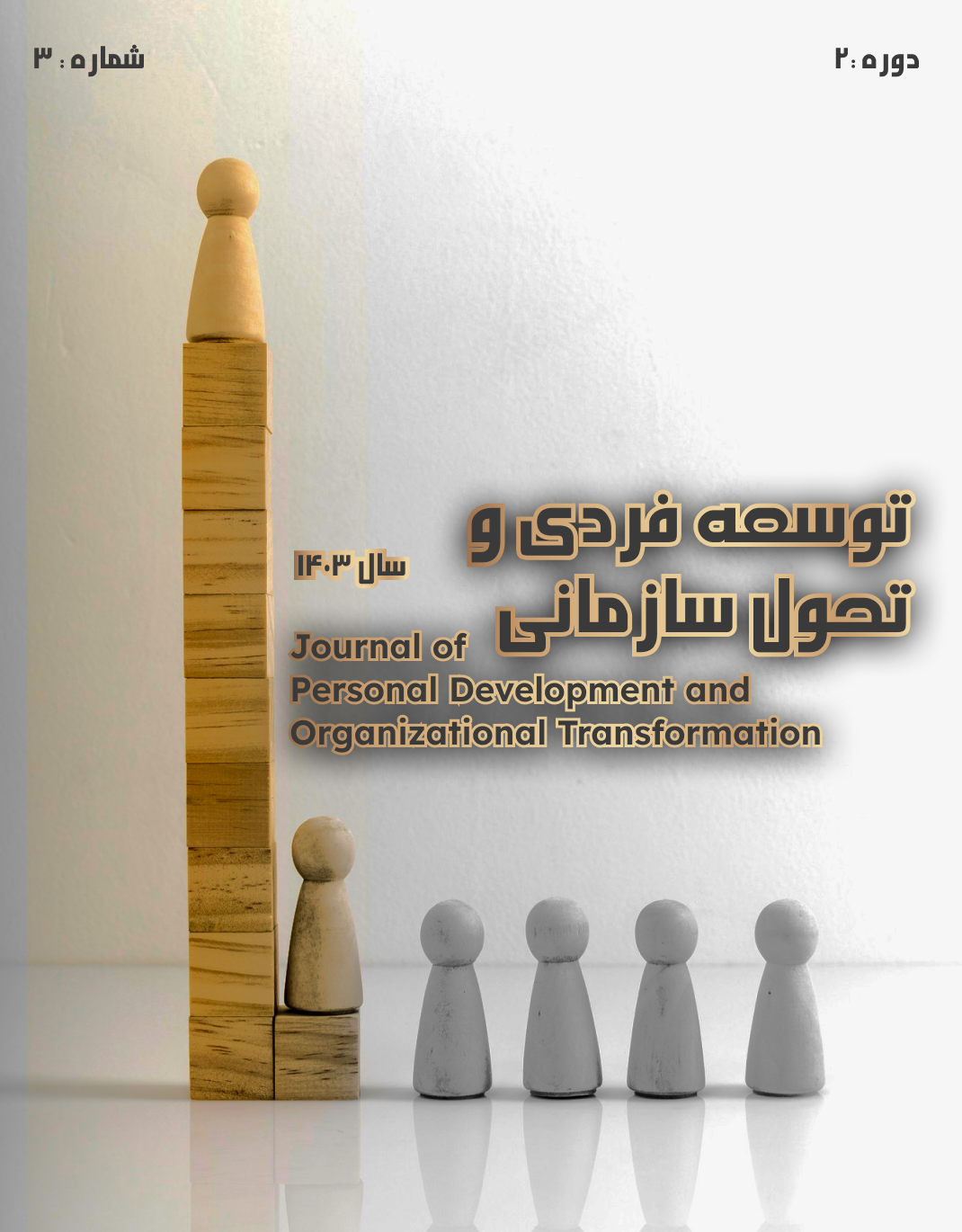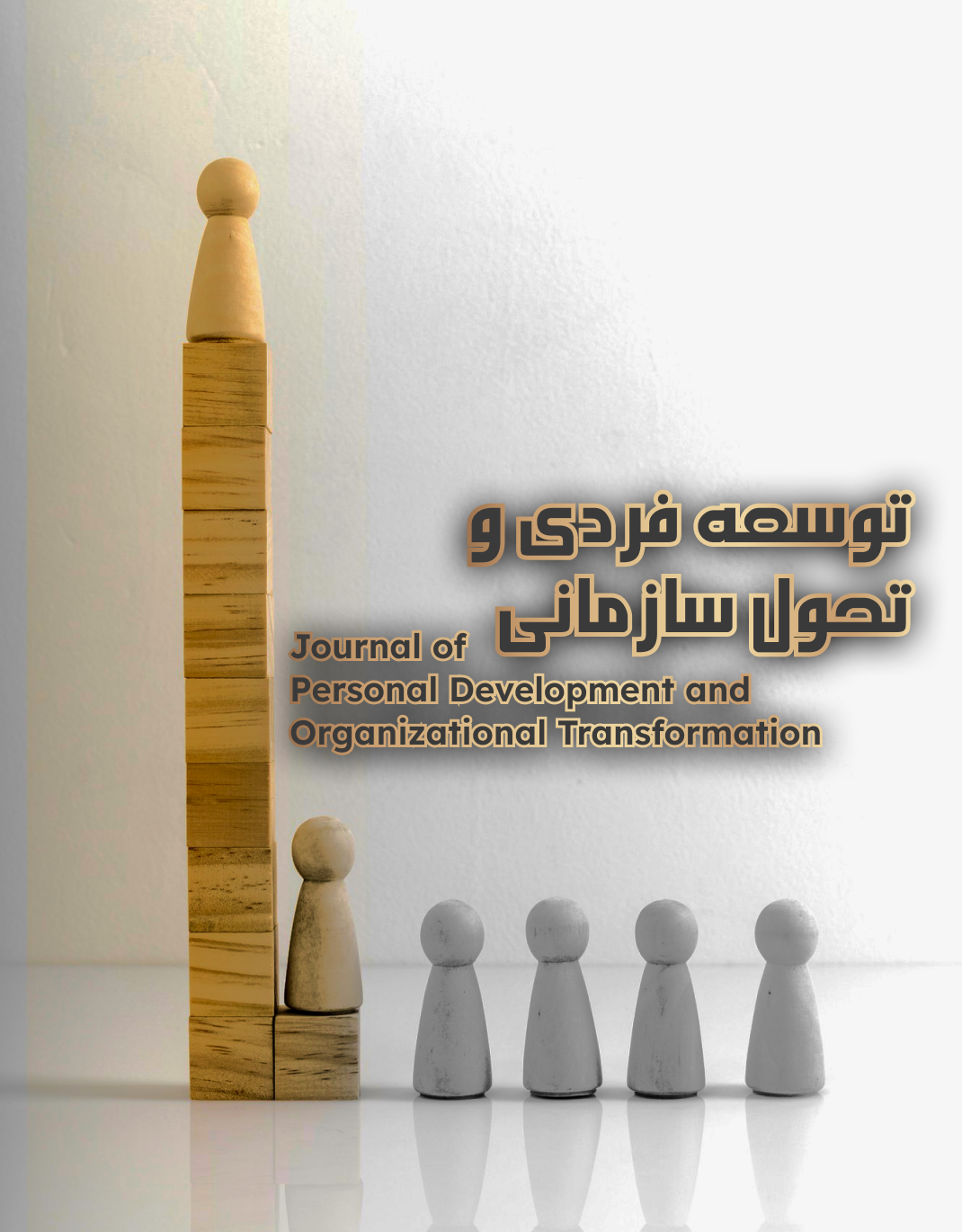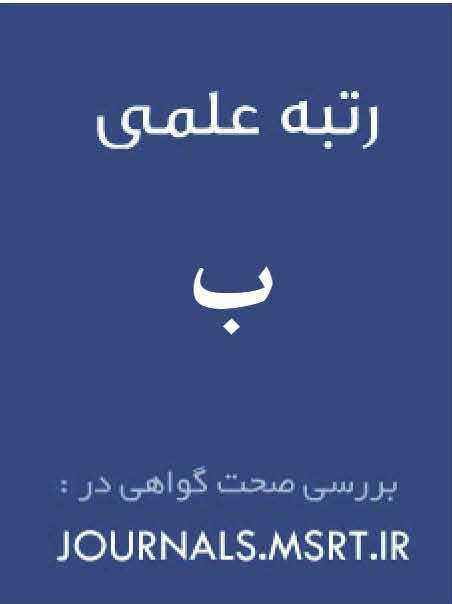مطالعه تطبیقی تعلیم و تربیت اجتماعی از نظر استاد مطهری و کمنیوس و دلالتهای تربیتی آن
کلمات کلیدی:
مطالعه تطبیقی, تعلیم و تربیت اجتماعی, استاد مطهری, کمنیوس , دلالت های تربیتی آنچکیده
مکتب تربیتی انسانی، مکتبی است که هدف آن بیرون از خود انسان نیست؛ یعنی بر اساس به کمال رساندن انسان است. . استاد مطهری بر اساس چهار استعداد اصیل انسان، تربیت را بررسی کرده است. شهید مطهرى آزادى را یکى از لوازم حیات و تکامل ذکر کرده و معتقد است موجودات براى رسیدن به مرحله تکامل و رشد به سه عنصر «تربیت»، «امنیت» و «حریت» نیازمندند. تعلیم و تربیت در اسلام ساختن افراد انسانها نسبت به یک مکتب که دارای هدفهای مشخص و مقررات همه جانبه هستند. در تربیت عقلانی انسان هم دعوت به علم شده است هم دعوت به عقل ولی تنها فراگیری کافی نیست. تربیت انسان پرورش دادن استعدادهای انسانی اوست. از نظر کمنیوس، تعلیم و تربیت یک نیاز قطعی و حق ذاتی انسان است و مذهب عاملی اساسی در تعیین هدف و مقصد تعلیم و تربیت است. هدف تعلیم و تربیت از دیدگاه او، همانند شدن با مبدا و بازگشت به اصل خود و به فعلیت رساندن سه قوه ی علم، قدرت و قداست است؛ به عبارت دیگر، آدمی باید به مدد دانش، اخلاق و دین به خردمندی، اراده و تقوا دست یابد. استاد مطهری و کمنیوس هر دو جهان طبیعت و ماده را در تعلیم و تربیت انسان و حیوان دخیل میدانند اما در بحث تفاوت آراء این دو متفکر استاد مطهری معتقدند اصل هماهنگی با فطرت به این دلیل منظور شده است که الهی شدن آدمی در اثر شکوفایی استعدادهای فطری در پرتو آموزههای دینی انجام میپذیرد و بدون هماهنگی با گرایشهای فطری نمیتوان به غایت تربیت اسلامی رسید، و کمنیوس معتقد است هیچ یک از ابعاد شناختی که مشتمل بر ابعاد تربیتی، دینی و اخلاقی است نباید یکدیگر را محدود کنند.
دانلودها
مراجع
Almasi Bordmili, Z. (2015). A Study of the Educational Views of Jan Amos Comenius and John Locke. Second International Conference on Modern Research in Management, Economics, and Humanities, Tehran.
Kardan, A. M. (2002). A History of Educational Thought in the West. SAMT Publications.
Karimi, A. (2003). The Function of the Education System. Sokhan Publications.
Mayer, F. (2019). A History of Educational Thought. SAMT Publications.
Mirzabeigi, A. (2000). The Role of Psychological Needs in Mental Health and Education. Ettela'at Publications.
Moghadass Jafari, M. T. (2004). A Study of Comenius' Philosophical and Educational Views [PhD Dissertation, Faculty of Educational Sciences and Psychology, University of Tehran]. Tehran.
Motahhari, A. (2003). Education and Upbringing in Islam, Vol. 1 (Vol. 1). Sokhan Publications.
Russell, B. (1996). A History of Western Philosophy. Parvaz Book Publications.
Ulich, R. (2000). Great Educators. Islamic Azad University, Khorasgan Branch.
دانلود
چاپ شده
ارسال
بازنگری
پذیرش
شماره
نوع مقاله
مجوز
حق نشر 2024 Mehdi Dargahi (Author); Vahid Fallah; Kiumars Khatirpasha (Author)

این پروژه تحت مجوز بین المللی Creative Commons Attribution-NonCommercial 4.0 می باشد.







